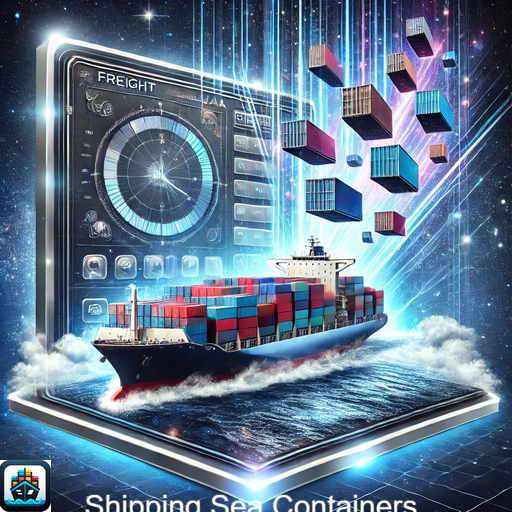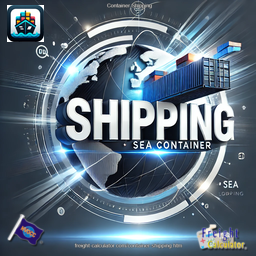
Shipping Sea Containers Worldwide
The Most Compete Ocean Container Shipping Tariff For Sea Containers Worldwide.

The Most Compete Ocean Container Shipping Tariff For Sea Containers Worldwide.
Shipping sea containers has become a cornerstone of global trade, facilitating the movement of goods across continents with efficiency and reliability. At Freight Calculator, we aim to simplify the shipping process with our advanced logistics tools, competitive rates, and dedicated support team.

Whether you're shipping cargo for business or personal use, our platform provides precise quotes, real-time tracking, and detailed information to help you plan your shipments effectively. We support both Full Container Load (FCL) and Less Than Container Load (LCL) options, giving you the flexibility to choose based on your cargo volume and budget.
Welcome to Freight-Calculator.com, where we simplify the complexities of shipping container rates for you. As your professional freight partner, we specialize in providing transparent, competitive, and instantly accessible quotes for ocean container shipping, including both 20 and 40-foot containers. Whether you are calculating container freight cost, seeking container shipping prices, or comparing container ship rates, our platform caters to all your needs with precision and reliability.
At Freight-Calculator, we understand that accuracy in container shipping costs is crucial for budgeting and planning. That's why our AI-powered tools offer real-time calculations for container shipping cost and container shipping prices, ensuring you receive the most up-to-date and relevant data. Our user-friendly interface makes obtaining shipping container rates as straightforward as a few clicks, allowing you to focus on what really matters�running your business efficiently.
Forget the hassle of navigating fluctuating market prices. With Freight-Calculator.com, you gain access to a comprehensive overview of prices of container shipping, enabling you to make informed decisions quickly and effectively. Experience the ease of managing your logistics with the trusted expertise of Freight-Calculator. Visit us today to get a quote and see how we can help keep your cargo moving at the best rates in the industry.
Choosing the right container type is essential for efficient transportation. We offer:
Our Freight Calculator helps you determine the best container type for your shipment, ensuring cost-effectiveness and safety.

We understand the importance of cost transparency in shipping sea containers. Our platform provides instant quotes that include all applicable charges, ensuring no hidden fees. By comparing rates from leading freight forwarders, we help you find the most cost-effective solution for your needs.
With our advanced calculator, you can get real-time rates for FCL, LCL, and reefer containers, providing you with a comprehensive overview of your shipping options.
Stay updated on your shipment's progress with our real-time tracking feature. From booking to delivery, you can monitor your cargo at every stage of its journey. Our logistics team is also available to provide support and ensure smooth transportation.
Our tracking tools offer detailed information, including schedules, routes, and estimated delivery times, helping you plan your operations effectively.
Our platform stands out for its user-friendly interface, comprehensive services, and commitment to customer satisfaction. We offer: